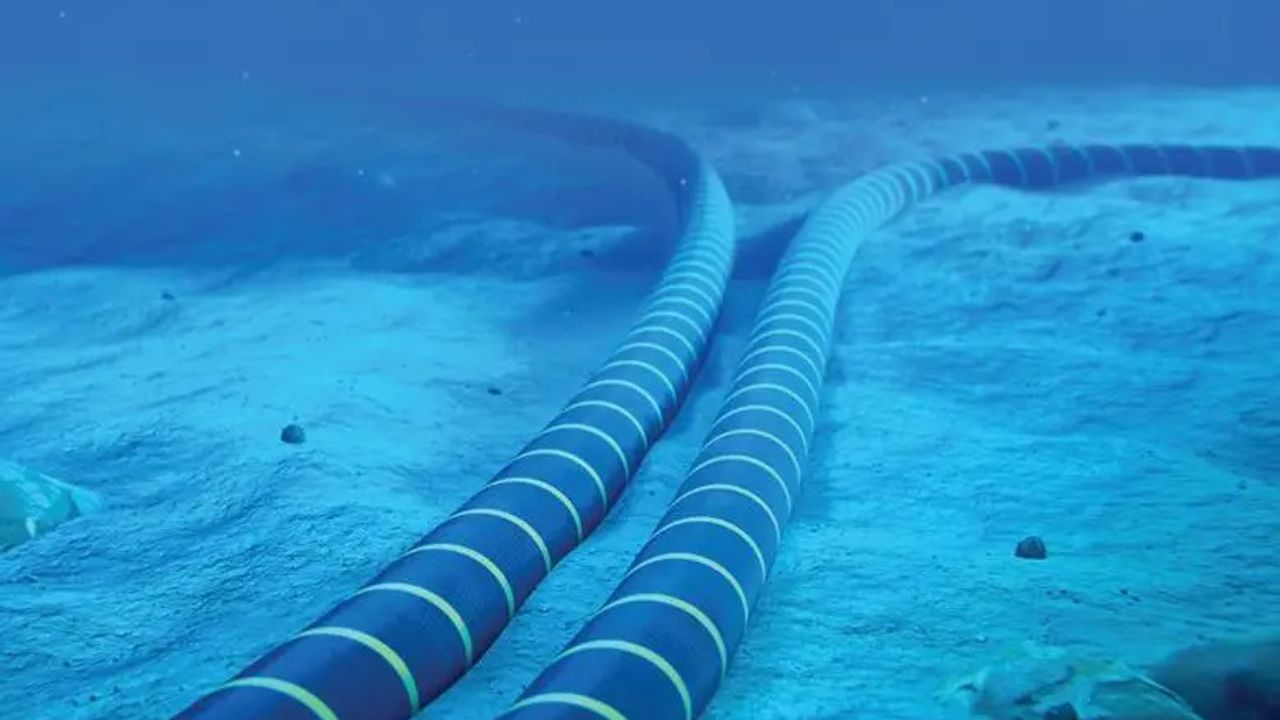This left the older Estlink 1 cable as the only operational link, cutting electricity flow to Estonia by nearly two-thirds. While reserve capacities minimized immediate impact on services, concerns grew over potential energy price hikes as repairs could take months.
Tanker Under Scrutiny
Finnish authorities detained the Cook Islands-flagged tanker Eagle S the following day. Officials suspect it may have caused the damage by dragging its anchor over the cable while transporting Russian oil to Turkey. The ship’s owner, UAE-based Caravella LLC FZ, denied allegations of sabotage, calling the claims baseless.
Estonia’s Defense Minister, Hanno Pevkur, labeled the incident a possible “hybrid attack,” a tactic suspected in previous incidents. NATO Secretary General Mark Rutte echoed these concerns, announcing the Baltic Sentry operation—a NATO-led mission aimed at safeguarding critical undersea infrastructure.
NATO’s Response
The Baltic Sentry operation deploys warships, drones, and high-tech monitoring systems to track anomalies in maritime activity, such as ships altering course or loitering near undersea cables. NATO’s Maritime Centre for the Security of Critical Undersea Infrastructure in the UK coordinates these efforts, employing AI to detect suspicious patterns.
Commodore Arjen S. Warnaar of the Netherlands frigate HNLMS Tromp noted that several vessels acting unusually originated from or traveled to Russian ports. While Russia denies involvement, NATO has expressed “grave concern” over the growing threat to critical infrastructure.
Broader Context
Incidents like the Estlink 2 failure have highlighted the fragility of undersea networks, which carry over 95% of global internet traffic and underpin vital services, from healthcare to international trade. Damage to these cables can take months to repair and result in significant financial and operational consequences.
NATO has bolstered its presence in the Baltic Sea, with contributions from nations including the UK, Germany, France, and Sweden. Operations now integrate advanced surveillance and F-35 fighter jets to expedite responses to potential threats.

Balancing Caution and Action
Attributing responsibility for such incidents remains complex. NATO officials stress the need for evidence to build a strong case, avoiding escalation without clear proof. Estonia’s Defense Minister Pevkur suggested that these incidents may be part of Russia’s broader strategy to shift Western focus from supporting Ukraine.
Challenges Ahead
The Baltic Sentry mission underscores the delicate balance between ensuring maritime security and avoiding further conflict. As NATO strengthens its defenses, the region remains on edge, with undersea infrastructure emerging as a critical front in modern hybrid warfare.

